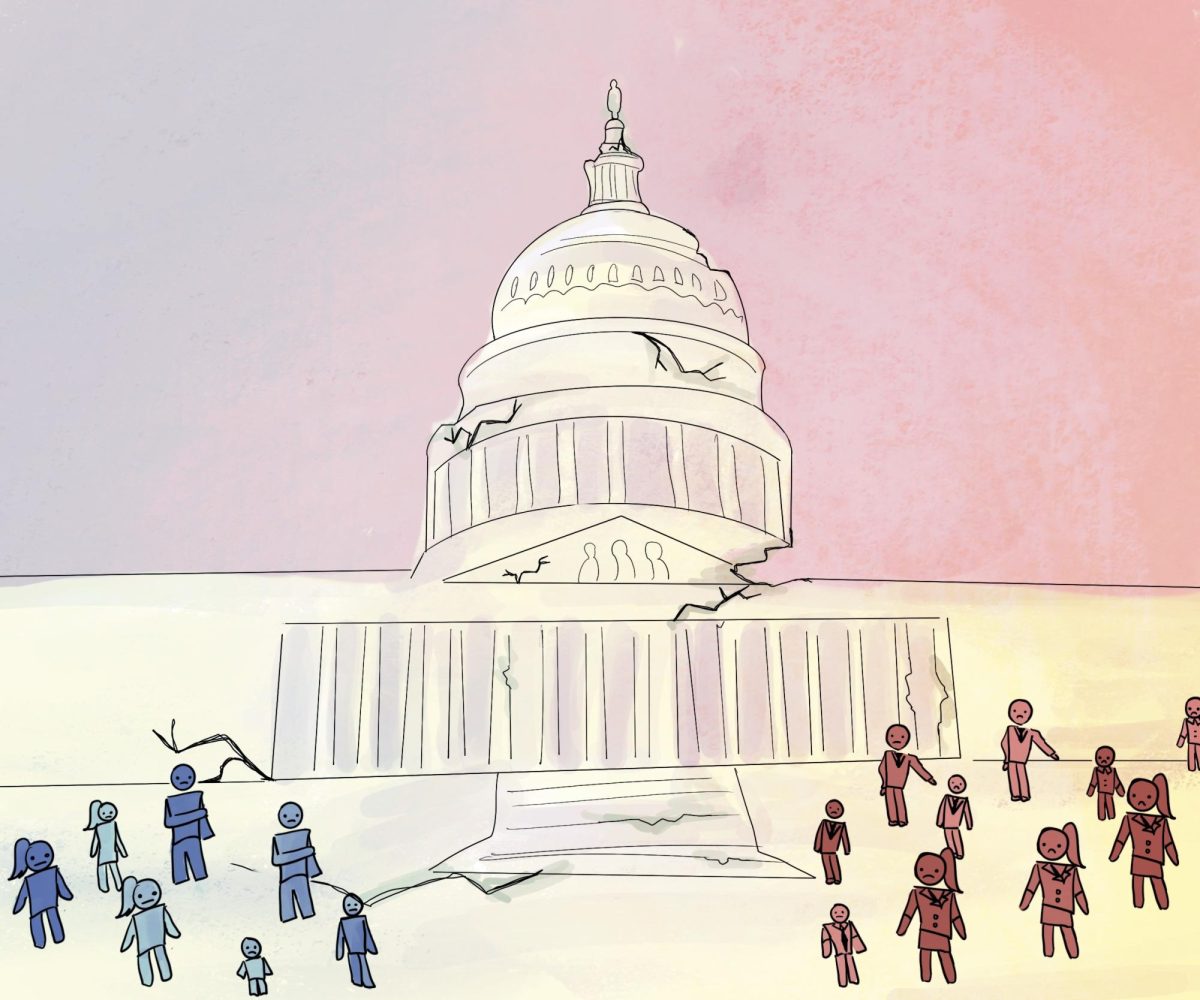“Why does this keep happening?” This a question that many American citizens ask as they witness a recurring cycle of government shutdowns caused by seemingly ongoing government dysfunction.
The simple answer to this question is that we find ourselves in this cycle of dysfunction because of a combination of systemic flaws, deep political polarization, and lack of political will to address the root causes of these shutdowns.
In a world that constantly evolves, the government plays a crucial role in maintaining order, protecting the rights of its citizens, and looking out for the collective good of the public. However, when the very institution designed to serve people becomes dysfunctional, the consequences can be devastating.
Congress did not pass appropriations bills in time for the new fiscal year on Oct 1. Instead, at the last possible moment, Congress passed the Stopgap bill, which essentially allowed the government to extend funding to existing programs by another 45 days until Nov. 17.
What Congress did essentially, was give itself an extension to its homework. Instead of having their task done on time, it held it off until the last possible moment.
At this point, Americans seem to not only expect government dysfunction, but see it as a new norm.
The reality is, government shutdowns aren’t exactly a new concept. Time and time again, they have illuminated the political brinkmanship present in our government. One of the most notable ones was the 35 day long shutdown that began in Dec. 2018. It impacted more than 800,000 federal workers who were furloughed. It was a disheartening scene to witness, politicians prioritizing the wrong things and leaving the security of many American citizens’ lives in jeopardy.
Congress has been late to pass funding bills all the time. In the past 50 years, it has only punctually passed a budget four times. Because of this, citizens remain unconcerned in the face of potential government catastrophe. It has gotten to the point where American citizens do not even bat an eye toward legislative crises because they have happened far too many times in the past.
It’s about time Congress gets organized to adequately function as the important branch of government it was always meant to be.
This begins with compromise. Democrats and Republicans must learn to give a little to get a little. Legislative matters cannot be viewed as personal matters; especially when they are affecting the lives of millions of Americans.
Government shutdowns, while painful and disruptive, can serve as a wake-up call. They highlight the need for a government that is functional, effective, and, above all, capable of serving its citizens.
Congress dramatically averted a shutdown in October, but what happens now?
On Nov. 13, new Speaker of the House of Representatives Mike Johnson announced his plan to avert a government shutdown. He claimed that his new two-part plan was necessary to aid the Republican party. However, The White House attacked this bill stating that this “extreme” bill was only “a recipe for extreme chaos and more shutdowns”. This lack of coordination and agreement between these two parts of the American government not only demonstrates dysfunctionality, but also foreshadows future major dilemmas in the government.
It’s time to break the cycle of government dysfunction and prioritize the interests of the nation over political gain.
At the end of the day, there will always be conflicting perspectives and viewpoints in the national government, but political moderation is what will hold our government up in the face of adversity. But this type of cooperation has become increasingly rare in the US, where warring political parties seem unwilling to see eye to eye with each other.
It’s time for us to come together, across political divides, and establish a government that works for the people, not against them.
The stopgap bill expires today. Where do we go from here?








